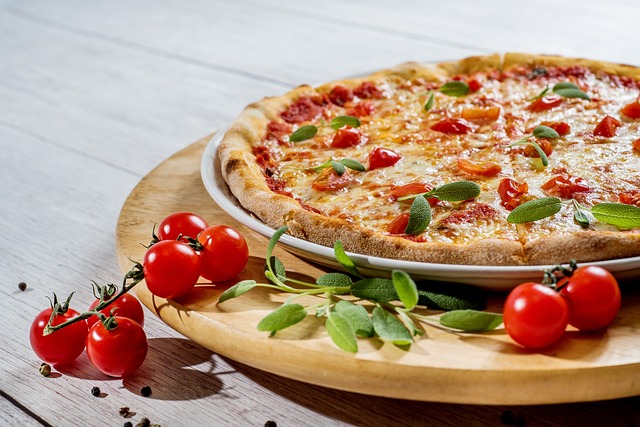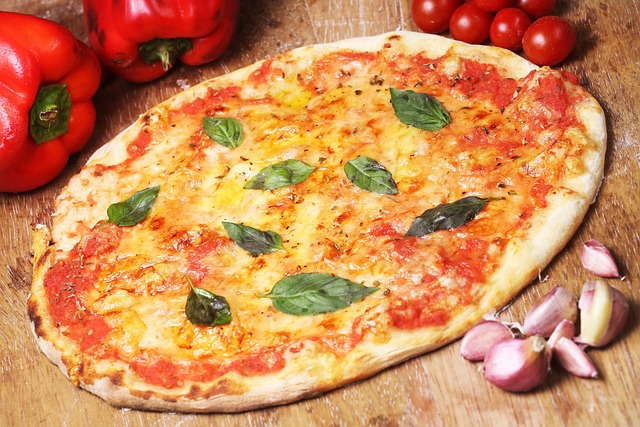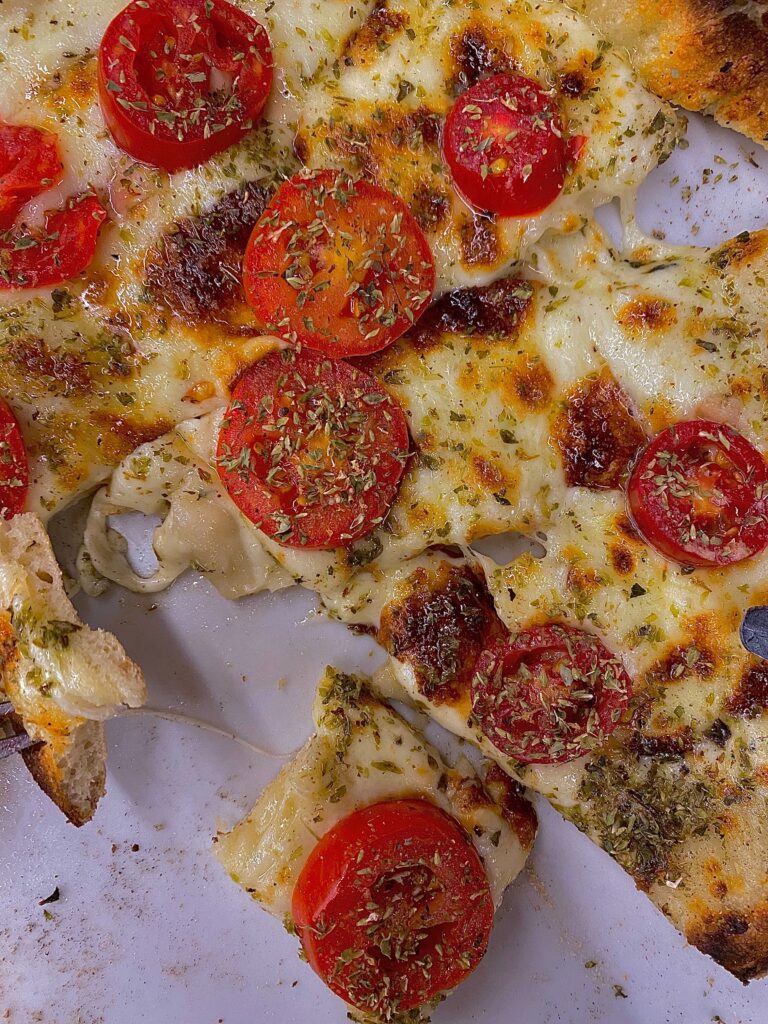The Art of Making the Perfect Neapolitan Pizza: A Step-by-Step Guide
Are you ready to master the art of making the perfect Neapolitan pizza? Look no further—this step-by-step guide is here to help.
With simple ingredients and easy directions, you’ll enjoy a mouthwatering slice in no time. From kneading the dough to topping it with your favourite ingredients, create a culinary masterpiece that will impress everyone on your next pizza night. Let’s dive in and unleash your inner pizzaiolo!
history and origins of Neapolitan pizza
You’re in the right place if you want to learn how to make the perfect Neapolitan pizza. The history and origins of Neapolitan pizza can be traced back to Naples, Italy. It is said that this style of pizza was first created in the 18th century and has since become a beloved Italian dish worldwide.
Traditional Neapolitan pizza has simple ingredients such as San Marzano tomatoes, buffalo mozzarella cheese, and fresh basil leaves. However, many variations and toppings can be added to personalize your Neapolitan pizza. Some popular choices include prosciutto, arugula, mushrooms, and truffle oil. Whether you prefer a classic Margherita or like to experiment with different flavours, Neapolitan pizza offers endless possibilities for delicious creations.
Ingredients
Ensure you have all the necessary ingredients for your Neapolitan pizza. Whether you prefer a traditional or modern variation, having the correct elements is critical to creating an authentic and delicious pizza. Here are the essential ingredients:
- Flour: Opt for high-quality Italian 00 flour for a light and airy crust.
- Yeast: Use fresh or instant dry yeast to help the dough rise.
- Water: Lukewarm water is crucial for activating the yeast and achieving the perfect dough texture.
To achieve that coveted chewy yet crispy texture in your dough, try these secret techniques:
- Long fermentation: Let your dough rise slowly in the refrigerator overnight to allow it to rest and develop flavour.
- High hydration: Add more water to your dough to create a wetter consistency, resulting in a lighter crust.
- Gentle handling: Avoid over-kneading or stretching the dough too aggressively, leading to a tough pizza crust.
Directions
To start making your Neapolitan pizza at home, preheat the oven to 500°F. This high temperature will help achieve that perfectly crispy crust.
Once the oven is preheated, follow these steps:
- Roll out the pizza dough into a thin circle on a floured surface.
- Place the dough on a baking sheet or pizza stone.
- Spread a generous amount of tomato sauce over the dough, leaving a border for the crust.
- Add your favourite toppings and variations, such as fresh mozzarella, basil leaves, and sliced tomatoes.
Now it’s time to cook your masterpiece! Slide the pizza onto the preheated oven rack or stone and let it bake for about 10 minutes or until golden brown and bubbly. Take it out of the oven, let it cool for a few minutes, then slice and enjoy your homemade Neapolitan pizza!

Frequently Asked Questions
How Long Should the Dough Be Left to Rise Before Shaping It Into a Pizza?
It would be best to let the dough rise for about 2 hours before shaping it into a pizza. This allows the gluten to develop and gives the crust a light and airy texture.
Can I Use Dried Yeast Instead of Fresh Yeast for the Dough?
Yes, you can use dried yeast for Neapolitan pizza dough. To activate it properly, dissolve it in warm water with a pinch of sugar and let it sit for 5-10 minutes until frothy.
What Kind of Flour Should I Use if I Want a Gluten-Free Pizza?
If you want a gluten-free pizza crust, you can use alternative flour for the dough. Options like almond, rice, or tapioca flour can make delicious gluten-free pizzas.
Can I Substitute the Buffalo Mozzarella With Regular Mozzarella Cheese?
You can substitute regular mozzarella for buffalo mozzarella in your homemade Neapolitan pizza. However, the flavour and texture may differ slightly.
Is It Necessary to Use a Wood-Fired Oven to Achieve the Authentic Neapolitan Pizza Taste?
No, using a wood-fired oven for an authentic Neapolitan pizza taste is unnecessary. Alternative pizza cooking methods can still give great results. Exploring regional variations in flavours is also an exciting option.





